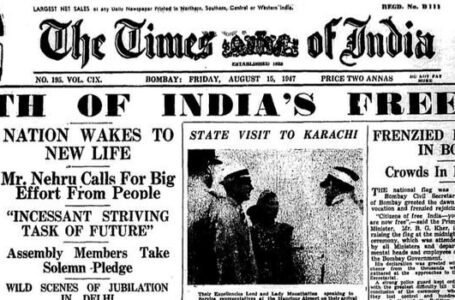POSHAK: VEDIC ERA ATTIRE

VEDIC ERA ATTIRE
शतहस्त समाहर सहस्रहस्त संकिर ।
Earn with hundred hands and donate with thousands
-Atharva Veda
The term Veda means “knowledge”. Rig Veda, Yajur Veda, Sama Veda, and Atharva Veda, are the four Vedas which are written to acknowledge the fundamental knowledge relating to the underlying cause and function of, and personal response to existence at Vedic times, and all of them together are attributed to as ‘Chaturveda’. Indian scripture has been formed by the “VEDAS”. The ideas and practices of Vedic religion are collated by the Vedas and they also form the foundation of classical Hinduism.

In between 1500 and 500 BC the Vedic era or Vedic time occurred. When the Aryans started their civilization in these areas, flourished, and later traveled across the world that’s when the Vedic period started. In India, the Vedic period was also recognized to be a booming time for Sanskrit literature and Indian culture. The clothes of this Era are used as the “traditional attire” of India as it was the land where these costumes were designed and worn.

In the Vedic period, the garments mainly included a single cloth wrapped around the whole body and draped over the shoulder. ‘Paridhana’ is a garment people used to wear in the lower part which was pleated in the front and tied with the belt called ’Mekhala’ and the upper garment is called ‘Uttariya’. “Orthodox males and females generally wore the Uttariya by flinging it over the left shoulder only, this style is called Upavita”. Their winter garment is known as ‘Pravara’. The main costume for women in Vedic culture was Saree. An upper garment was introduced as ‘Choli’ or blouse in the later Vedic period with sleeves and a neck.

And also, a new version of Saree, a little smaller than saree, called the dupatta, was designed later to wear along with Ghaghra. ‘Dhotis’ were the most initial attire for Vedic men, which were slightly longer but similar to dupatta without an upper garment. Also, there was a second garment similar to dhoti i.e., ‘Lungi’. Later on when Vedic people learned to stitch ‘kurta’ and ‘pajama’. Men also wore headgear in various styles such as Turbans. Adhivastra, Kurla, and Andpratidhi are the three terms described in the Rig Veda for the garments which consistently denotes the outer cover, a head-dress or a head-garment, and part of women’s dress. The inner cover, outer cover, and chest-cover garments began to be made in the Atharva Veda.

These costumes from early and later Vedic periods are the continuous style of our Indian culture and fashion which is endlessly evolving in the fashion trend. Even people can look at something from ancient times and ancient Fashion to wear something Indian for a costume party.



